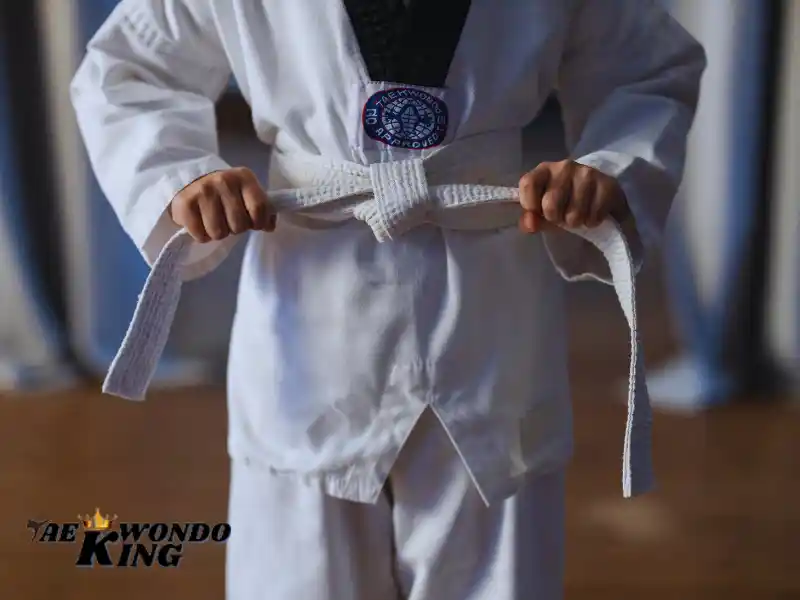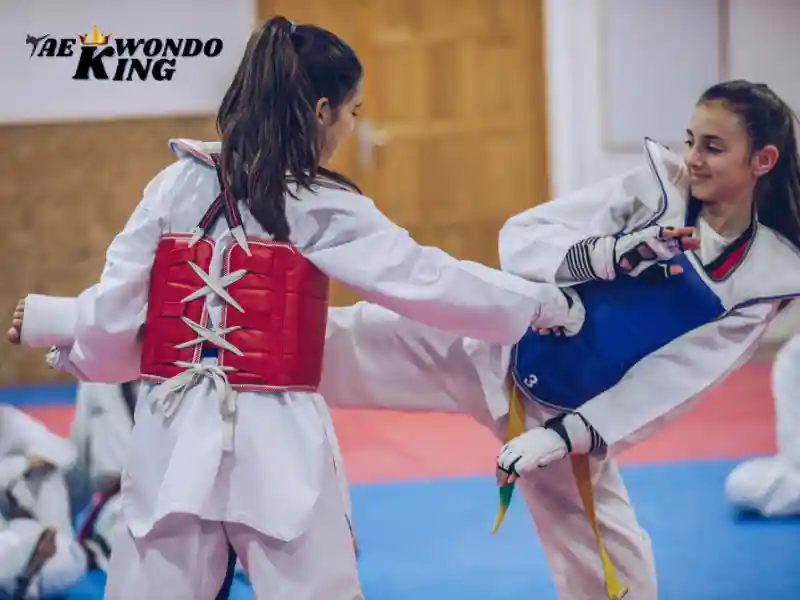
BJJ strength and conditioning training is essential for every BJJ fighter. It improves power, endurance, and flexibility. Strength training helps in building strength and preventing injuries. A well-structured strength program boosts BJJ practice performance.
Start Your BJJ Strength Plan Today!
What is BJJ Strength and Conditioning Training?
BJJ strength and conditioning training is a specialized program. It focuses on building strength and endurance. It includes exercises like deadlifts, kettlebell swings, and grip work. The goal is to improve performance in BJJ. It also helps prevent injuries. BJJ strength and conditioning training is a must for serious fighters.
Why BJJ Strength and Conditioning Training Matters
BJJ strength and conditioning training is more than just lifting weights. It includes:
- Strength workouts – Develops explosive power.
- Aerobic conditioning – Improves stamina for long matches.
- Anaerobic conditioning – Builds short bursts of power.
- Flexibility work – Prevents injuries and enhances movement.
- Grip work – Increases control during grappling.
Proper BJJ strength and conditioning training ensures sufficient recovery time while improving overall performance.
Get Stronger for BJJ – Click Here!
Key Strength Training Exercises for BJJ
A BJJ fighter needs a mix of common strength movements and specialized drills.
1. Hinge – Deadlifts
Deadlifts are great for core and lower body strength. They mimic movements used in BJJ practice.
2. Bar Rotations and External Rotations – Scarecrows
These exercises enhance shoulder stability, reducing injury risk.
3. Kettlebell Swings and Barbell Kettlebell Front Squat
Kettlebell training builds explosive strength. Barbell/Kettlebell swings are excellent for post navigation movements in Brazilian Jiu-Jitsu.
4. Bar Hangs and Grip Work
Grip strength is crucial for controlling opponents. Bar hangs, and grip work should be part of every strength workout.
5. Abdominal Work and Side Sets
A strong core is key in BJJ strength and conditioning training. Side sets target obliques, while abdominal work builds overall stability.
Boost Your Power & Endurance Now!
Strength Program for BJJ Fighters
A good BJJ strength and conditioning training program balances strength and recovery.
Improvement Season Program
- Focuses on baseline conditioning.
- Includes aerobic conditioning and flexibility work.
- Incorporates cross-training schemes for balanced strength.
Competition Season Program
- More anaerobic conditioning and enough conditioning to maintain power.
- Heavy strength work with finisher sets for explosive movements.
- Training tips from certified instructors to optimize workouts.
Join a Strength Training Program Today!
Training Options for BJJ Strength Work
You can follow a custom strength program based on your needs.
- Online courses – Learn from strength coaches worldwide.
- OCR strength training template – A structured plan for endurance.
- Woman’s strength training program – Focused on power and mobility.
- Stronger Today Special Report – Provides insights into the real secret of proper strength training.
Recovery and Sufficient Conditioning
Recovery is as important as training. Sufficient recovery time prevents burnout and injuries. Twentysomething years of research show that strength work with recovery improves performance.
Popular Exercises in BJJ Strength and Conditioning Training
Here are some popular exercises in BJJ strength and conditioning training:
Deadlifts
Deadlifts build overall strength. They target your legs, back, and core.
Kettlebell Swings
Kettlebell swings improve explosive power. They also enhance cardiovascular fitness.
Barbell Front Squats
Barbell front squats build leg strength. They also improve balance and stability.
Grip Work
Grip work includes exercises like bar hangs and farmer’s walks. These strengthen your hands and forearms.
Core Work
Core work includes exercises like planks and Russian twists. These strengthen your abs and lower back.
Upgrade Your BJJ Training – Start Here!
How to Create a BJJ Strength and Conditioning Training Program
Creating a BJJ strength and conditioning training program requires planning. Here are some tips:
Set Goals
Define your goals. Are you focusing on strength, endurance, or flexibility?
Choose Exercises
Select exercises that target your goals. Include a mix of strength, conditioning, and flexibility work.
Schedule Workouts
Plan your workouts. Ensure you have enough time for recovery.
Track Progress
Keep track of your progress. Adjust your program as needed.
Seek Guidance
Consult with certified instructors. They can help you create a custom strength program.
Learn More About BJJ Conditioning Now!
Tips for Effective BJJ Strength and Conditioning Training
Here are some tips for effective BJJ strength and conditioning training:
Warm-Up
Always warm up before training. This prevents injuries and improves performance.
Focus on Form
Use proper form in all exercises. This maximizes benefits and reduces injury risk.
Incorporate Variety
Mix up your workouts. This keeps them interesting and effective.
Rest and Recover
Allow sufficient recovery time. This helps your muscles repair and grow.
Stay Consistent
Consistency is key. Stick to your training program for the best results.
Discover the Best BJJ Workouts!
Benefits of BJJ Strength and Conditioning Training
BJJ strength and conditioning training offers many benefits. Here are some:
Increased Strength
Strength training builds muscle. This improves your power and performance.
Improved Endurance
Conditioning work enhances stamina. This helps you last longer in matches.
Better Flexibility
Flexibility work improves your range of motion. This is crucial for BJJ techniques.
Injury Prevention
Strength and conditioning training strengthens muscles and joints. This reduces the risk of injuries.
Mental Toughness
Training builds mental resilience. This helps you stay focused during fights.
Boost Your Power & Endurance Now!
Common Mistakes in BJJ Strength and Conditioning Training
Here are some common mistakes to avoid:
Overtraining
Overtraining can lead to burnout and injuries. Ensure you have enough recovery time.
Neglecting Flexibility
Flexibility is crucial for BJJ. Don’t neglect stretching and yoga.
Poor Form
Using improper form can lead to injuries. Always focus on proper technique.
Ignoring Grip Work
Grip strength is crucial in BJJ. Don’t neglect exercises like bar hangs and farmer’s walks.
Lack of Variety
Doing the same exercises can lead to plateaus. Mix up your workouts for the best results.
Get Stronger for BJJ – Click Here!
How to Incorporate BJJ Strength and Conditioning Training into Your Routine
Here’s how to incorporate BJJ strength and conditioning training into your routine:
Schedule Workouts
Plan your workouts around your BJJ practice. Ensure you have enough time for recovery.
Combine Exercises
Combine strength, conditioning, and flexibility work. This creates a balanced program.
Use Finisher Sets
Finisher sets add intensity to your workouts. They help you push your limits.
Track Progress
Keep track of your progress. Adjust your program as needed.
Seek Guidance
Consult with certified instructors. They can help you create a custom strength program.
Join a Strength Training Program Today!
Final Thoughts
BJJ strength and conditioning training is key to success in Brazilian Jiu-Jitsu. With the right strength workouts, grip work, and physical conditioning, you can become stronger and faster. Train smart, follow a structured strength program, and achieve your goals on the mat!
Would you like a detailed review of a specific training method? Let me know! 🥋🔥
FAQs About BJJ Strength and Conditioning Training
1. What is BJJ strength and conditioning training?
It is special training to build power, endurance, and flexibility for Brazilian Jiu-Jitsu.
2. Why is strength important in BJJ?
Strength helps you control opponents, escape holds, and prevent injuries.
3. What are the best exercises for BJJ strength?
Squats, deadlifts, pull-ups, and kettlebell swings are great for BJJ strength.
4. How often should I do strength training for BJJ?
2–3 times per week is good. It should not affect your BJJ practice.
5. Does BJJ need cardio training?
Yes! Good cardio helps with long matches and fast movements.
6. What type of cardio is best for BJJ?
Sprints, jump rope, and rowing are great for BJJ endurance.
7. Should I lift heavy weights for BJJ?
Lifting heavy helps build power, but focus on explosive strength instead of pure size.
8. What is the best warm-up for BJJ training?
Dynamic stretches, joint rotations, and light drills help prevent injuries.
9. How can I avoid injuries in BJJ training?
Do proper warm-ups, stretch daily, and strengthen your core muscles.
Join a Strength Training Program Today!
10. Should I train strength on the same day as BJJ?
You can, but keep it light if you have intense BJJ sessions.
11. Does bodyweight training help for BJJ?
Yes! Push-ups, pull-ups, and core exercises improve grip and body control.
12. How does flexibility help in BJJ?
It helps you escape holds, move smoothly, and reduce injury risks.
13. Can kettlebells help with BJJ conditioning?
Yes! Kettlebells improve strength, endurance, and explosive movements.
14. Should I take supplements for BJJ training?
A good diet is enough. Protein and electrolytes help with recovery.
15. What is the best recovery for BJJ training?
Sleep well, eat right, stretch daily, and use foam rolling for sore muscles.
Start Your BJJ Strength Plan Today!

Founder, Owner, and CEO of TaekwondoKing.
He is one of the top 100 martial artists in the World and among the top 20 referees in Bangladesh.
Ehatasamul Alom is an esteemed Kukkiwon Certified Taekwondo 3rd Dan Black Belt with over 15 years of experience in this dynamic martial art. Born in Rajshahi, Bangladesh, Ehatasamul’s journey with Taekwondo began at the tender age of seven. His passion led him to compete at national and international levels, where he has bagged numerous awards and honors. He is also a member of the Taekwondo National Referee Panel.
With a Bachelor’s degree in Sports Science from the prestigious Rajshahi University, Ehatasamul has a deep understanding of the technical and scientific aspects of martial arts and some other martial arts.
In 2022, Ehatasamul created the “TaekwondoKing.com” to share his knowledge, Free Resources, Values, and Real experiences. His articles focus on Taekwondo training techniques, competition strategies, Sport Products Reviews, and the art’s rich history and philosophy. He also writes about the importance of mental fortitude and discipline, key aspects of his teaching philosophy. He has already launched many sports, Taekwondo, and health-related Free online tools. His goal is to inspire both beginners and seasoned practitioners worldwide through insightful and engaging content.
If you need any help, contact Ehatasamul Alom at any time.




